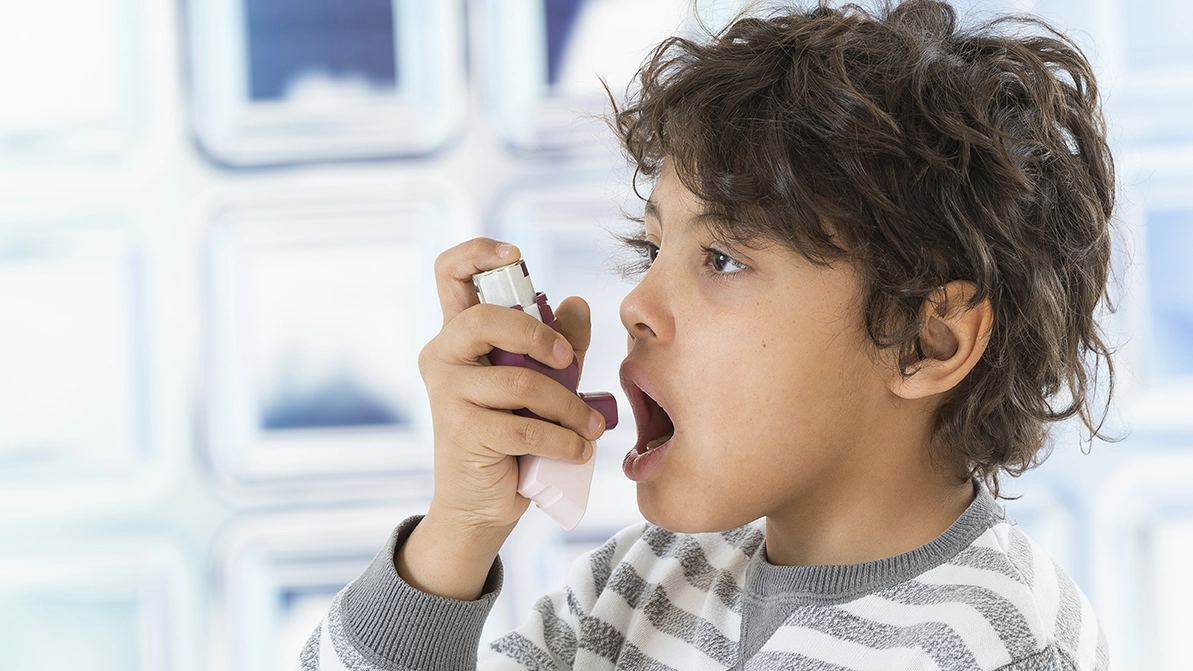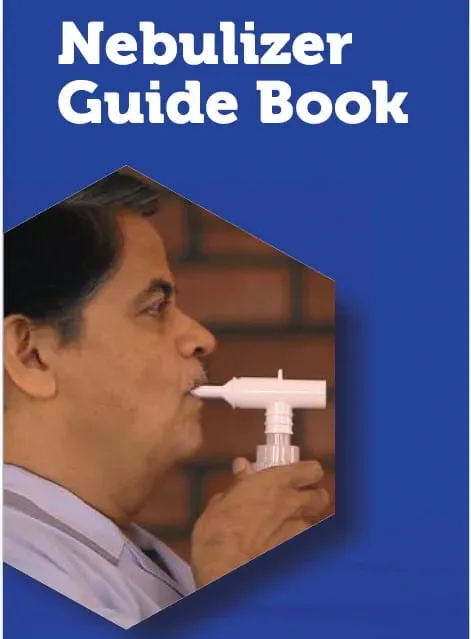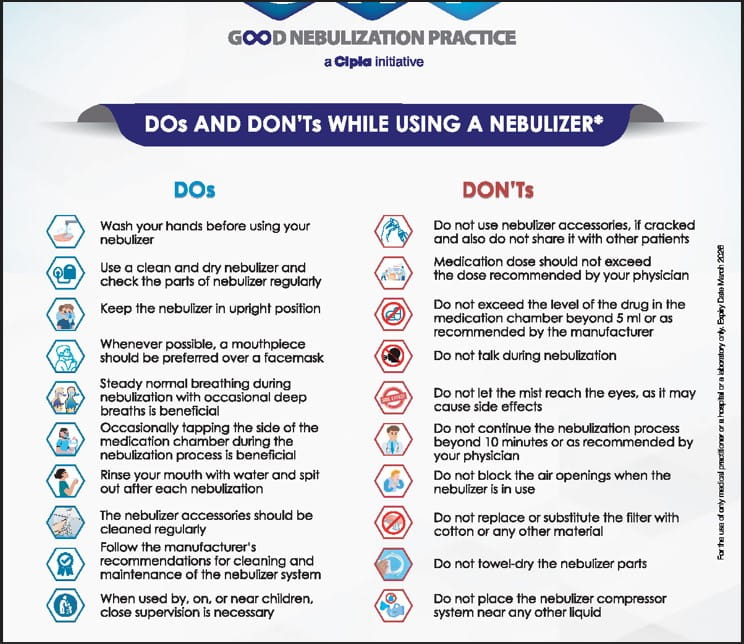Introduction:
Despite guideline-based asthma management, many children continue to face poor control and exacerbation risks. Small airway dysfunction (SAD), often missed in routine evaluations, may be a contributing factor. Oscillometry, an effort-independent method, can detect SAD through measurements of resistance and reactance.
Objective:
To determine the prevalence of SAD in children aged 2–7 years with mild, well-controlled asthma and assess characteristics associated with SAD, particularly exacerbations.
Methods:
- Design: Post-hoc analysis of a study comparing two oscillometry devices
- Participants: 53 children (ages 2–7) from an allergy-immunology department
- SAD Definition: Based on oscillometry indices (R7, R7–R19, AX, and X7) with Z-scores >1.645 RSD or <−1.645 X7.
- Outcomes: SAD presence, age/gender patterns, asthma severity/control, and prior-year exacerbation.
Results:
Patient Demographics:
|
Category |
Overall (N=53) |
SAD – (N=27) |
SAD + (N=26) |
p-value |
|
Age (years) |
0.500 |
|||
|
2–4 years |
20 (37.7%) |
9 (33.3%) |
11 (42.3%) |
|
|
5–7 years |
33 (62.3%) |
18 (66.7%) |
15 (57.7%) |
|
|
Sex |
0.074 |
|||
|
Female |
14 (26.4%) |
10 (37.0%) |
4 (15.4%) |
|
|
Male |
39 (73.6%) |
17 (63.0%) |
22 (84.6%) |
|
|
BMI (kg/m²) |
17.0 (2.7) |
17.4 (2.4) |
16.6 (2.9) |
0.302 |
|
Asthma Severity |
0.335 |
|||
|
Mild Intermittent |
27 (50.9%) |
12 (44.4%) |
15 (57.7%) |
|
|
Mild Persistent |
18 (49.1%) |
15 (55.6%) |
11 (42.3%) |
|
|
Asthma Control (NAEPP) |
0.646 |
|||
|
Controlled |
46 (86.8%) |
24 (88.9%) |
22 (84.6%) |
|
|
Uncontrolled |
7 (13.2%) |
3 (11.1%) |
4 (15.4%) |
|
|
Step of Therapy |
0.477 |
|||
|
1–2 |
30 (56.6%) |
14 (51.9%) |
16 (61.5%) |
|
|
3 or higher |
23 (43.4%) |
13 (48.1%) |
10 (38.5%) |
|
|
Exacerbation (prior 12 months) |
0.554 |
|||
|
No |
29 (55.8%) |
14 (51.9%) |
15 (60.0%) |
|
|
Yes |
23 (44.2%) |
13 (48.1%) |
10 (40.0%) |
Key Findings:
Almost half of the children (49.1%) were found to have SAD, despite the majority having mild asthma (84.9%) and being well-controlled (86.8%). A higher proportion of SAD-positive children were aged 2–4 years compared to those without SAD (42.3% vs. 33.3%), and males were more common in the SAD-positive group (84.6% vs. 63.0%). Although 44.2% of all children had exacerbations in the past year, this rate was not higher among those with SAD.
Conclusion:
Nearly half of the children with mild, well-controlled asthma showed signs of SAD on oscillometry, especially boys and younger children. Although no significant link was found between SAD and past exacerbations, larger prospective studies are needed to explore SAD as a predictive marker for future exacerbation risk.
Am J Respir Crit Care Med 2025; 211: A2581
American Thoracic Society 2025 International Conference, May 18-21, San Francisco




